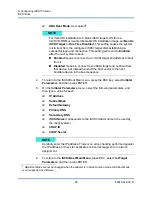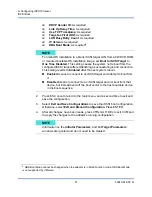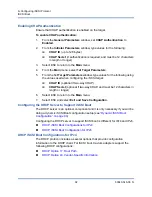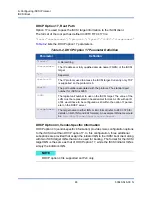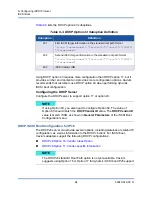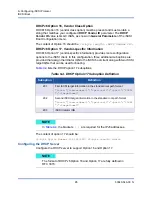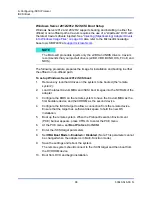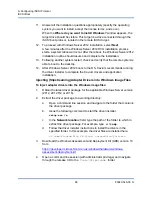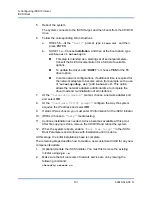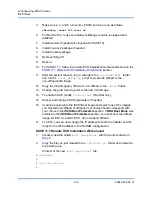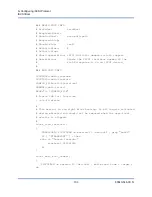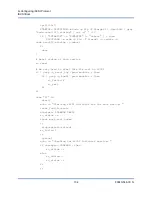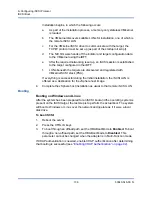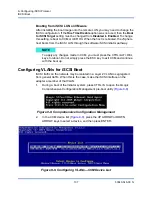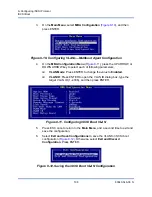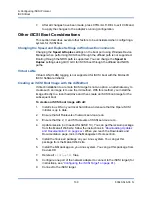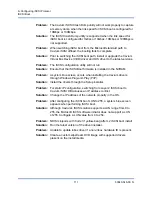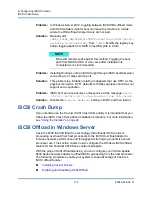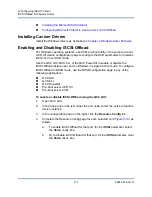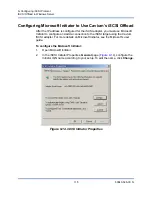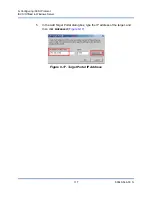
9–Configuring iSCSI Protocol
iSCSI Boot
102
83840-546-00 N
3.
Make sure 2, 3, and 5 run levels of iSCSI service are on as follows:
chkconfig -level 235 iscsi on
4.
For Red Hat 6.0, make sure Network Manager service is stopped and
disabled.
5.
Install iscsiuio if needed (not required for SUSE 10).
6.
Install linux-nx2 package if needed.
7.
Install the bibt package.
8.
Remove ifcfg-eth*.
9.
Reboot.
10. For SUSE 11.1, follow the remote DVD installation workaround shown in the
SUSE 11.1 Remote DVD Installation Workaround
11.
After the system reboots, log in, change to the
/opt/bcm/bibt
folder,
and run the
iscsi_setup.sh
script to create the offload or the
non-offload initrd image.
12. Copy the initrd image(s), offload or non-offload, to the
/boot
folder.
13. Change the grub menu to point to the new initrd image.
14. To enable CHAP, modify
iscsid.conf
(Red Hat only).
15. Reboot and change CHAP parameters if needed.
16. Continue booting into the iSCSI Boot image and select one of the images
you created (non-offload or offload). Your choice should correspond with
your choice in the
iSCSI Boot Parameters
section. If
HBA Boot Mode
was
enabled in the
iSCSI Boot Parameters
section, you must boot the offload
image. SLES 10.
x
and SLES 11 do not support offload.
17. For IPv6, you can now change the IP address for both the initiator and the
target to the IPv6 address in the NVRAM configuration.
SUSE 11.1 Remote DVD Installation Workaround
1.
Create a new file called
boot.open-iscsi
with the content shown in
.
2.
Copy the file you just created to the
/etc/init.d/
folder and overwrite
the existing one.
Content of the new
boot.open-iscsi
file:
#!/bin/bash
#
# /etc/init.d/iscsi
#

